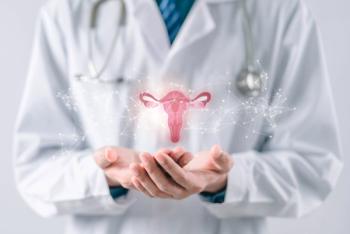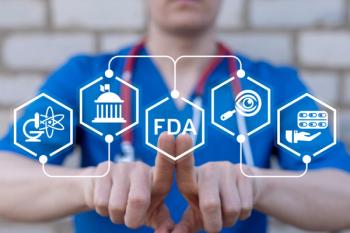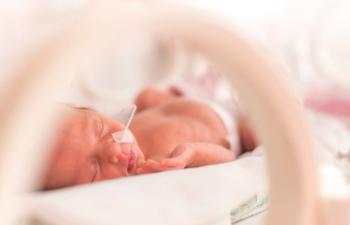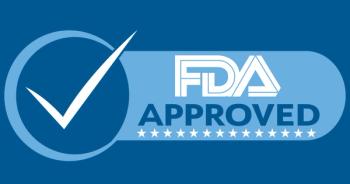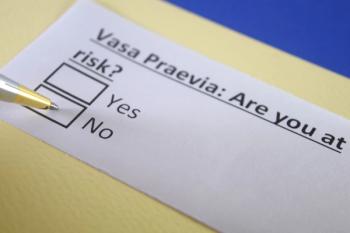
Pharma gifts to med students remain common
A survey of medical students and residents shows that gifts to them from pharmaceutical company representatives remain common, despite efforts by medical schools to restrict such transactions. The research, which included participants from every medical school in the United States, appears in the February issue of The Journal of General Internal Medicine.
A survey of medical students and residents shows that gifts to them from pharmaceutical company representatives remain common, despite efforts by medical schools to restrict such transactions. The research, which included participants from every medical school in the United States, appears in the February issue of
The nationally representative sample for the cross-sectional survey included first- and fourth-year medical students and third-year residents, stratified by medical school. Included were 14 or more randomly selected trainees at each level per school. Researchers from Brigham and Women’s Hospital in Boston measured frequency of industry interactions and attitudes regarding how such interactions affect medical training and the profession.
Chi-squared tests were used to assess bivariate linear trend, and hierarchical logistic regression models were fitted to assess associations between trainees’ attitudes and their schools’ National Institutes of Health (NIH) funding levels and American Medical Student Association (AMSA) PharmFree Scorecard grades.
Of the 1610 medical students and 739 residents who responded to the survey, 33% of first-year students reported receiving industry-sponsored gifts, compared with 56.8% of fourth-year students and 54% of residents (P<0.001). The gifts included meals outside the hospital (5% first-year students, 13.4% fourth-year students, 27.5% residents [P<0.001]) and free drug samples (7.4%, 14.1%, and 14.3%, respectively; P<0.001). Among the 3 groups, 64.1%, 67.5%, and 79.8%, respectively (P<0.001), believed that physicians receive valuable education through interactions with industry.
Gifts were less often reported by students in schools that received more NIH funding (OR = 0.51, 95% CI, 0.38-0.68, P<0.001), but there was no association between the strength of institutional conflict-of-interest policies and that variable. A majority of the students acknowledged that interactions with pharmaceutical company representatives opened them up to bias and also supported measures that would further reduce such access to trainees.
Newsletter
Get the latest clinical updates, case studies, and expert commentary in obstetric and gynecologic care. Sign up now to stay informed.

